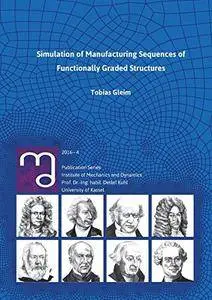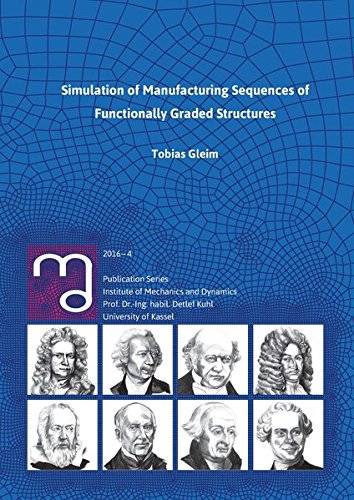Simulation of Manufacturing Sequences of Functionally Graded Structures
Kassel | English | 2017 | ISBN-10: 3737602506 | 337 pages | PDF | 13.94 MB
Kassel | English | 2017 | ISBN-10: 3737602506 | 337 pages | PDF | 13.94 MB
By Gleim, Tobias
The current paper establishes an axisymmetric model for an inductive heating process. Therein, the fully coupled MAXWELL equations, assuming a temperature dependent permeability, are combined with the non-linear heat conduction equation to yield a monolithic solution strategy. The latter is based on a consistent linearization together with a higher order finite element discretization using GALERKIN'S method in space. For the temporal discretization, the generalized Newmark-α methods, higher order RUNGE-KUTTA methods, and discontinuous and continuous GALERKIN methods are used. Furthermore, the residual error is introduced to open an alternative way to obtain a numerically efficient estimation of the time integration accuracy. Simulation results of the electric, magnetic and thermal fields are provided, together with parameter studies concerning spatial discretization, frequency dependence and penetration depth of the heating zone. Another topic analyzed is the residual error and its estimation quality regarding polynomial degree and time step size. A further aspect of this work is the investigation of the thermal fluid-structure interaction with respect to functionally graded materials. Different coupling strategies for the acceleration of the fixed-point iteration in each time step is in the foreground. Relaxation methods as well as extrapolation methods make it possible to significantly reduce the number of fixed point iterations. At the same time, an adaptive strategy with higher order RUNGE-KUTTA methods can provide a further advantage in combination with acceleration methods



